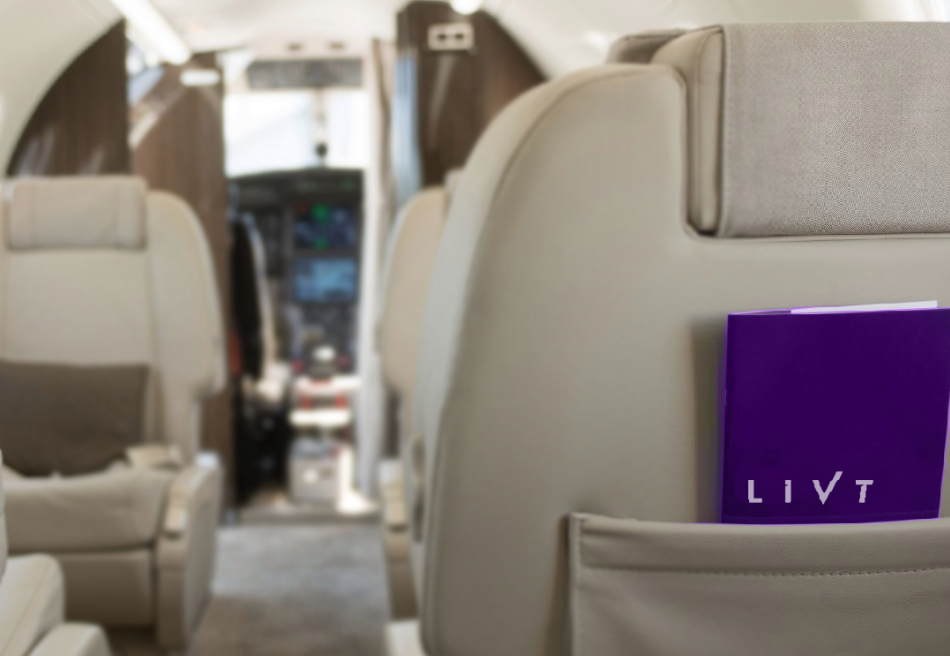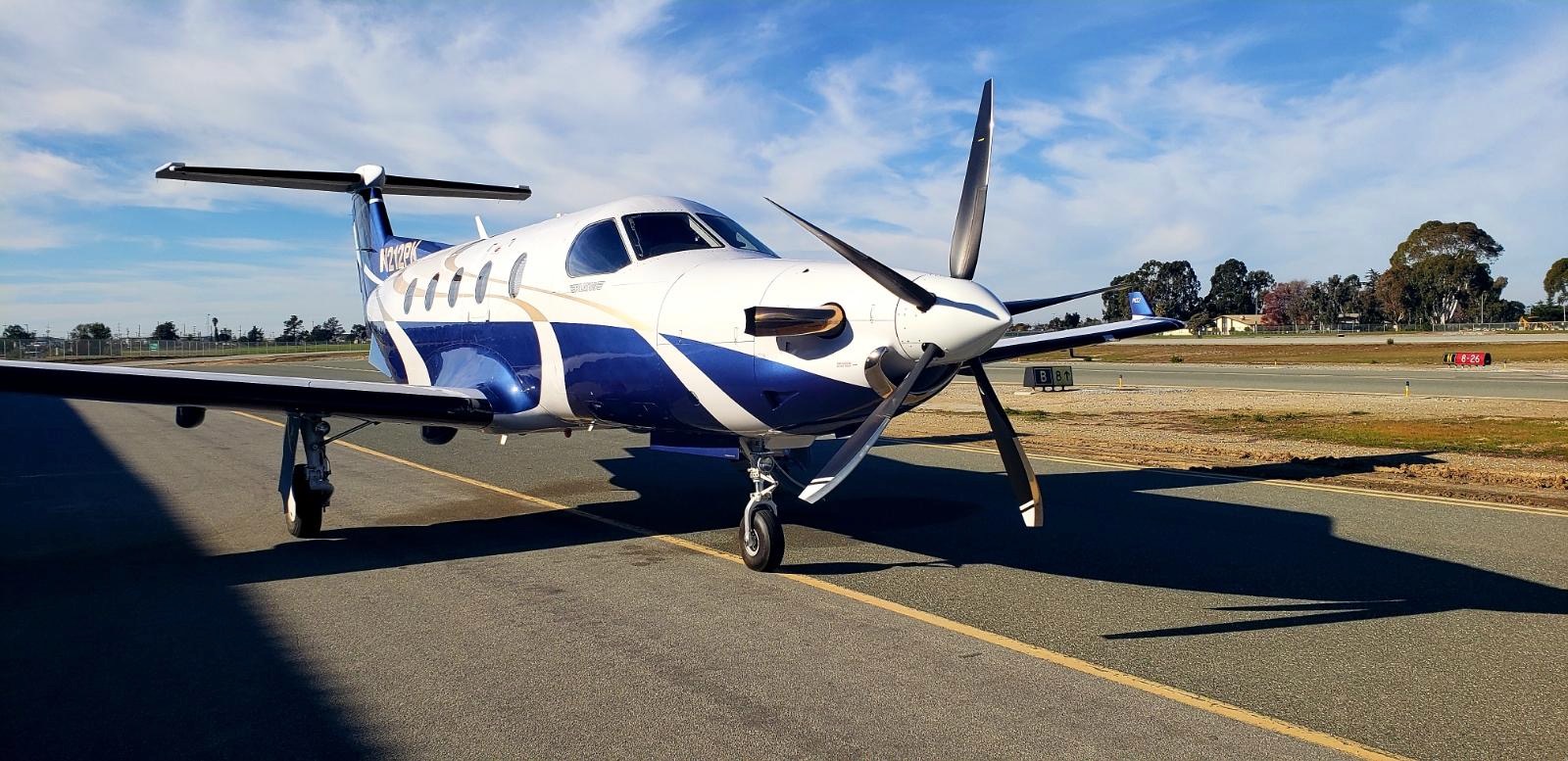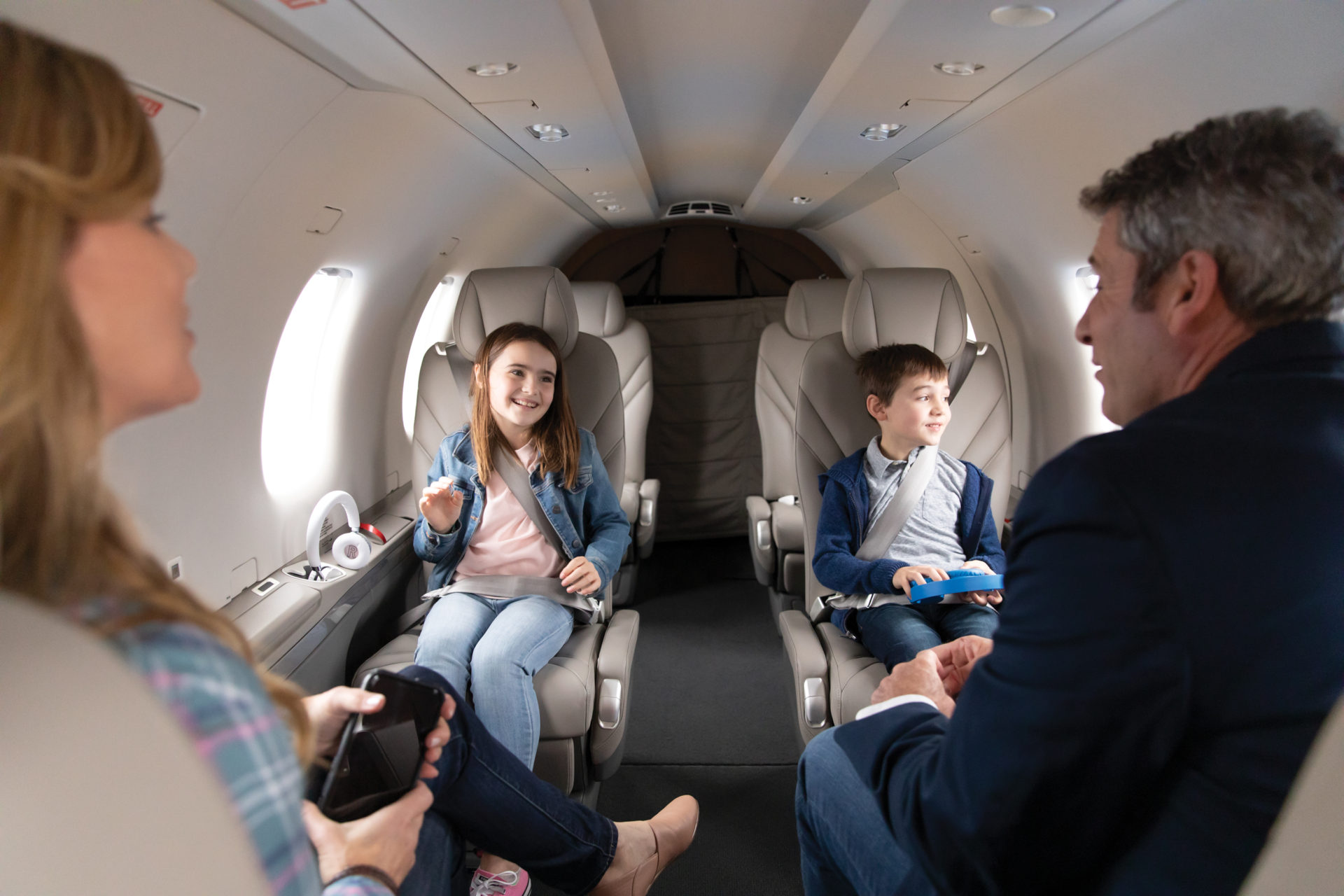Flying is an incredibly safe way to travel compared to driving or other modes of transportation. However, many people wonder if private jets offer an even higher level of safety versus commercial airline flights. The answer isn’t a simple yes or no. There are pros and cons to consider when it comes to private jet Austin safety versus commercial flights.
The Pilots
One of the biggest safety advantages private jets have is the pilot experience and training requirements. Private jet pilots typically have more years of real-world flying experience before taking command. This is in contrast to many commercial airline pilots, who often enter the role at a younger age.
Whole airlines like LIVT fast-track younger pilots through training programs, private jet pilots build their skills over a longer period. They gain invaluable wisdom from a diverse range of flight conditions and challenges. This depth of experience is crucial in handling unexpected situations and making split-second decisions.
Private jet charter Austin TX pilots also tend to be more rested and alert than commercial pilots. They have strict duty and rest rules they must follow that limit their flying hours and ensure they get proper rest between private flights Austin. Commercial pilots can end up being overworked due to the tough scheduling of airlines. However, private jet pilots can divert or reschedule much more easily.
The Aircraft
When it comes to the actual aircraft, private jets, and commercial jetliners both must meet extremely strict safety standards and regulations. Importantly, the Federal Aviation Administration (FAA) provides stringent oversight for both. Whether it’s a commercial airliner or a private charter under Part 135 regulations, the FAA ensures that all aircraft follow the maintenance standards. However, private jets do have some potential safety advantages:
- Private jets are smaller and have fewer mechanical systems, meaning there is less that can potentially malfunction.
- The private jet fleet is generally newer, with aircraft being replaced sooner. Older planes require more maintenance.
- The cabin environment is kept cleaner with fewer people and fewer passengers, there’s also less wear and tear on the aircraft.
On the other hand, commercial airlines have advantages like:
- Extremely frequent inspections and heavy maintenance schedules
- Backup/redundant systems to prevent complete failures
- Advanced aviation technology like auto-pilot, anti-icing, etc.
In terms of the actual aircraft, it’s difficult to say if one is definitively safer. They both undergo extremely stringent safety checks and maintenance but the smaller size and newer fleet could give private jets a slight edge.
Weather & Environment
One of the most significant safety advantages of private jets is their flexibility in dealing with adverse weather conditions. Unlike commercial flights that are pressured to maintain tight schedules, private jet pilots have the authority and flexibility to delay, reroute, or even cancel flights if they find out that weather conditions are unsafe.
This autonomy means private jet pilots are more likely to prioritize safety over schedule which is a critical factor in aviation safety. They can wait out storms, avoid turbulence, or choose alternate routes without the same level of corporate pressure faced by commercial pilots. Additionally, private jets can access a wider range of smaller airports. This flexibility allows them to land closer to their destination, reducing flight time and exposure to potentially hazardous weather.
Operational Safety
While private jets have highly experienced pilots and can be more agile in rerouting for safety reasons, commercial airlines have very systematic operations and procedures in place for optimum safety. There are multiple highly-trained personnel involved like pilots, air traffic controllers, ground crew, etc.
Every step of a commercial flight is heavily systematized, with checklists, cross-monitoring, and many layers of verification. There are also more advanced tracking and communication systems for commercial flights compared to private jets.
On private jets, there may only be a single pilot responsible for all pre-flight checks, weight/balance calculations, fueling, etc. with a less formalized operations structure and verification process.
Ground Transportation Risks
One safety factor that often gets overlooked is the transportation to and from the airport/jet terminal. For a private jet traveler, there is usually some form of personal ground transportation involved like a private car or limo service picking you up on both ends. Further, private jet passengers can often drive directly up to their aircraft on the tarmac. This eliminates the need to navigate busy airport terminals, reducing the possibility of accidents, slips, or falls that can occur in crowded, hectic airport environments.
These forms of ground transportation carry a higher risk than walking across a terminal between the main airport and your commercial flight. You are exposed to regular road concerns like traffic accidents, road conditions, etc. for a longer period before and after your private jet flight.
For a commercial airline passenger, the exposure to ground transportation issues is extremely limited compared to private jet travel. You may have to take a short shuttle or walk across a terminal at most. While the actual LIVT private charter flights Austin could have a safety edge, the overall door-to-door travel may have more risk due to the ground transportation component.
Security Screening
No discussion of aviation safety would be complete without examining security screening procedures. Since 9/11, extremely tight security protocols have been put in place at all major commercial airports. This involves:
- Highly-trained security staff
- Physical screening through metal detectors
- Screening of all baggage and cargo
- Restricted access areas
While commercial airports have extensive security measures, private jet travel can be argued to be safer due to the inherent exclusivity and control of the environment. Private jet terminals conduct background checks on passengers, creating a known, vetted passenger list. This personalized screening saves time and reduces potential security threats.
Furthermore, the absence of large crowds and fewer personnel interactions in private jet travel eliminates the threat of exposure to illnesses. The controlled, less crowded environment of private jet travel is a significant health and safety benefit.
Accident Statistics
Ultimately, the safety of any mode of transportation comes down to its accident and fatality statistics over time. Fortunately, both private jet travel and commercial air travel are extremely safe overall with very minimal risks involved. Here are a few things you need to know:
While both private jets and commercial flights have excellent safety records, some statistics suggest private jets might have a slight safety edge. The National Transportation Safety Board (NTSB) data shows that while private jets may have slightly more minor incidents, they often result in fewer fatalities. In the rare event of an accident, the lower passenger count on a private jet can mean fewer lives at risk.
The Bottom Line
So, are private jets safer than commercial flights? From more experienced pilots and newer aircraft to greater flexibility in weather decisions and reduced ground issues, private jets prioritize safety with advanced technology.
Are you looking for an Austin private jet charter? Whether you’re jetting off for business or pleasure, make it a journey worth remembering with LIVT Life. Your adventure starts with us! Get your private jet charter Austin TX ride with us!
- Are Private Jets Safer Than Commercial Flights? - June 11, 2024
- Guide to Safe and Adventurous Solo Travel - June 4, 2024
- What to Look For When Finding a Private Jet Charter in Los Angeles.? - June 3, 2024






